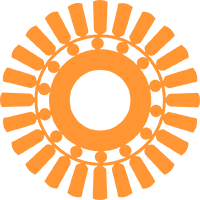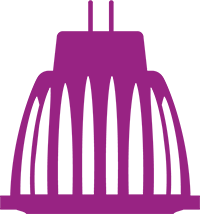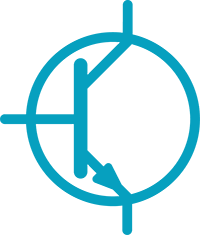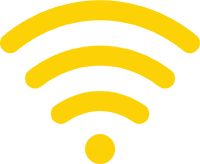Policy Brief – Digital technologies for motor systems
This Policy Brief shows the key findings of the EMSA report Classification of digitalisation technologies for electric motor driven systems.
Save 9% of Global Energy through Systems Policies
Systems are described as the next frontier for energy efficiency policy, offering the potential to unlock huge energy savings in equipment-based energy-using systems.
In this summary we highlight some of the key findings from 4E’s investigations over several years.
Progressing Energy Efficiency Policies for Systems
Systems are described as the next frontier for energy efficiency policy, offering the potential to unlock huge energy savings in equipment-based energy-using systems.
In this summary we highlight some of the key findings from 4E’s investigations over several years.
The Latest in EE Regulations for Motors, Refrigerators, TVs and Air conditioners
4E has published four new reports providing the latest news on regulations for Motors, Refrigerators, TVs and Air conditioners in 4E economies, including their current status and trends.
4E PEET Status of Electric Motor Regulations 2022 (Updated December 2022)
Update of energy efficiency regulations and trends in 4E economies
4E PEET Status of Room Air Conditioner Regulations 2022
Update of energy efficiency regulations and trends in 4E economies
4E PEET Status of Television and Displays Regulations 2022
Update of energy efficiency policy measures and trends in 4E economies
4E PEET Status of Domestic Refrigerator Regulations 2022
Update of energy efficiency regulations and trends in 4E economies
Electric motors: one key product on the way to net zero!
The IEA 4E Electric Motor Systems Annex gave an input presentation during the expert panel of the event ‘Super-Efficient Appliances Pave the Way to Net-Zero’, which took place in the framework of the 7th Annual Global Conference on Energy Efficiency.
Policy Brief – Electric Motor Systems Annex Overview 2019 – 2024
This Policy Brief gives an overview on the work of the 4E Electric Motor Systems Annex (EMSA)
What is the focus of EMSA’s work until 2024?
An updated Policy Brief is now available with an overview of the 4E Electric Motor Systems Annex (EMSA) publications so far and the focus areas of EMSA’s work.
Classification of digitalisation technologies for electric motor driven systems
This report by EMSA provides a classification of different digitalisation technologies applied for motor systems. The following technologies are analysed: sensors, Internet of Things, intelligent control, data analytics, real-time monitoring, artificial intelligence, digital twins, cloud based services, augmented reality, additive manufacturing, robotics, drones.
Digitalisation in motor systems: classification of technologies
Which digitalisation technologies are applied with motor systems? What are their positive and negative energy effects?
The new EMSA report Classification of digitalisation technologies for electric motor driven systems analyses a number of these technologies.
Interlaboratory Comparison of Temporal Light Modulation Measurements (IC 2022)
Pre-Announcement and Request for Expression of Interest in the IEA 4E SSL Annex’s 2022 Interlaboratory Comparison of Temporal Light Modulation Measurements (IC 2022) CLICK HERE to download an IC 2022 Expression of Interest Form (non-binding). Return by
LED Lifetime Test Report
Literature Summary of Lifetime Testing of Light Emitting Diodes and LED Products A report published by the IEA 4E Solid State Lighting Annex provides a look across the body of literature on lifetime definitions for LEDs
LED Product Lifetime Testing Report
A new report by the IEA 4E Solid State Lighting Annex provides a look across the body of literature on lifetime definitions for LEDs and LED products. The reports looks at failure mechanisms, accelerated life tests
3rd PECTA Workshop with Experts
34 International experts discussed the progress of the 7 tasks of the Power Electronics Conversion Technology Annex PECTA in a successful online workshop! A key objective of PECTA is developing the knowledge and evidence base for promoting
2021 4E Annual Report released
The 4E TCP Executive Committee has published the 2021 Annual Report which is available for download here. The Annual Report provides an overview of the activities and outputs of the TCP and its Annexes during 2021.
2021 4E Annual Report
Read the 2021 Annual Report for the IEA Technology Collaboration Programme on Energy Efficient End-use Equipment (4E)




































